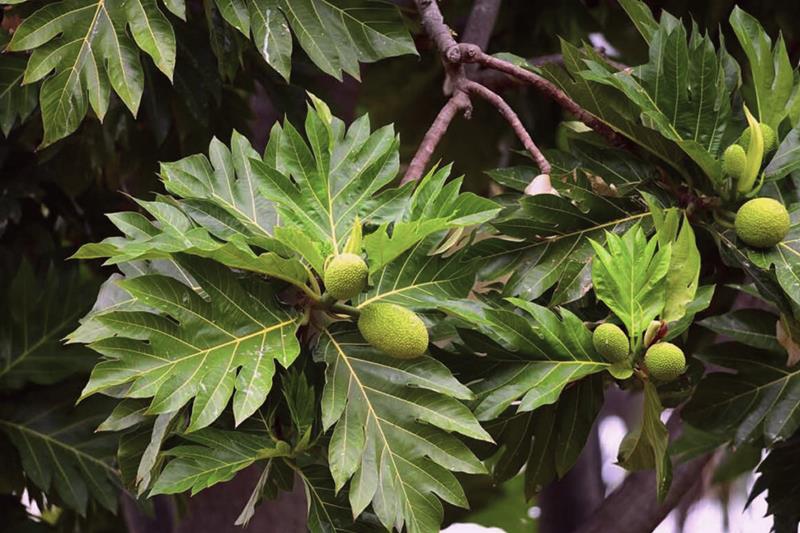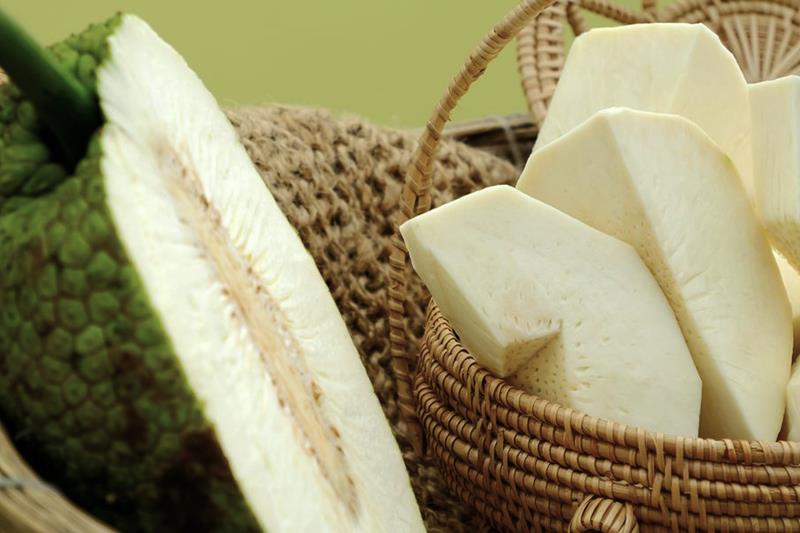What Is Ulu? Nutrition, Uses, and Sustainability
What Is Ulu in Hawaiian Culture?
Ulu Fruit Nutrition Facts: Why It's a Superfood
What Is Ulu Used For? Traditional and Modern Uses

Sustainability of Ulu: An Eco-Friendly Crop for the Future
FAQ
Still have questions? We have collected the top requests. They are attached below with detailed explanations.
What does ulu fruit taste like?
Breadfruit has a wide range of flavors. When raw, depending on the degree of maturing, the variation of tastes is from juicy and fresh (like an artichoke) to sweet and rich (like a ripe fruit). Cooked ulu tastes like a root vegetable.
Is ulu the same as jackfruit?
No, they are two different fruits. They are easily distinguished by the following features – ripe ulu is creamy inside, while jackfruit has seeds inside. Also, ulu is mostly eaten before it ripens, while jackfruit is eaten only when fully ripe.
Why is ulu called breadfruit?
Breadfruit got its name after people noticed that while cooking, it smelled like freshly baked bread. Its high nutritional value is comparable to bread.
What is ulu good for?
It’s good for health as a gluten-free product with a low glycemic index. It contains vital vitamins, minerals, protein, and dietary fibers. Thus, all these properties make ulu easy to cook and provide the opportunity to be used as raw for manufacturing gluten-free flour.
What is ulu good for?
Traditionally, the ulu plant played an important role in Hawaiian culture – its fruits were a source of nutritious and vital food, and its wood was used to build houses and canoes and make other household items (ropes, fabrics, and even medicines).
Summarizing all the facts mentioned above we would like to describe what ulu fruit is in globe scales. The ease of growing ulu could create greater food security for Hawaii and reduce demand for unsustainable food imports. At the same time, just like familiar exotic fruits like citrus or bananas, ulu will soon be available in any grocery store. Local farmers are already working with international traders and are seeking to carve out their niche as purveyors of a nutritious, sustainable, and eco-friendly product.

Author

Anna Smirnova
Former chemist, content writer on https://rythmoftheworld.com From my career as a chemist, I brought the skills of discovering, analyzing, filtration, separation, distillation, and explanation. I adore art, photography, traveling, hiking, and winter.



